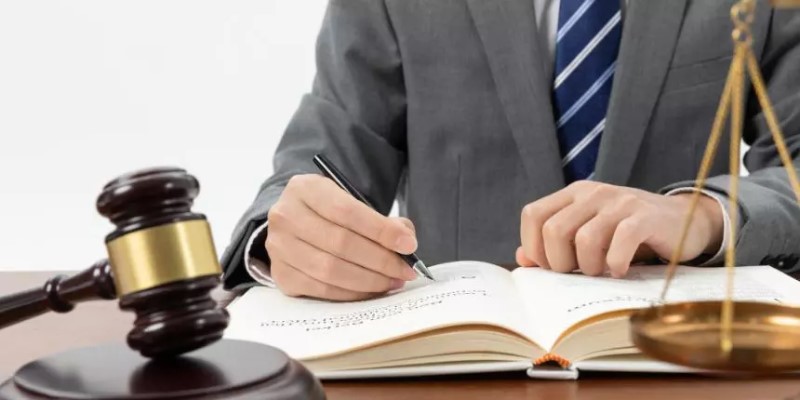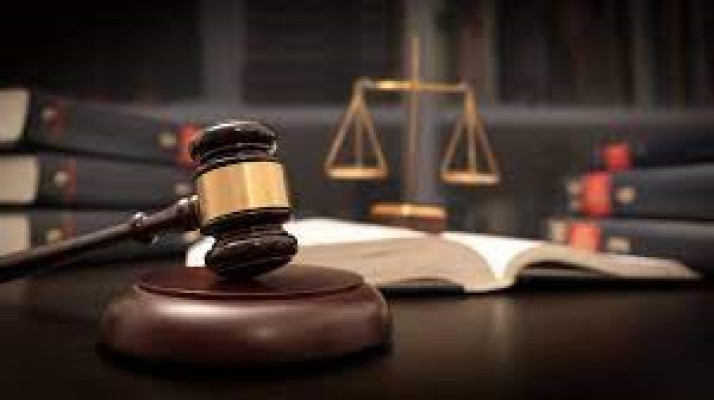Explore the complexities of copyright and fair use in relation to memes. Understand when fair use applies, how copyright laws impact meme creators, and the balance between creativity and legal boundaries.
Introduction
What is Copyright?
Copyright is a form of legal protection given to the creators of original works, including literature, music, films, and even digital media. It grants the creator exclusive rights to reproduce, distribute, and display their work, thereby ensuring that they can control how their creations are used and profited from. Copyright protection arises automatically when a work is created and fixed in a tangible medium, like writing it down or recording it.
What Are Memes?
Memes are digital pieces of culture that spread rapidly across the internet, often in the form of images, videos, or text. They typically use humor or satire to comment on various aspects of society or current events. Memes often rely on the remixing and repurposing of existing media to create something new and engaging.
Importance of Understanding Copyright and Fair Use for Memes
Memes play a significant role in internet culture and communication, but their widespread sharing and remixing can lead to potential legal issues. Understanding how copyright laws apply to memes and when fair use applies is crucial for creators and consumers alike to navigate the complex interplay between creativity and legality.
Types and Categories of Copyrighted Works
Literary Works
Literary works include novels, poems, articles, and other written material. Copyright protects these works from being reproduced or distributed without permission. In the context of memes, text from books or articles can sometimes be incorporated into memes, raising questions about fair use.
Musical Works
Musical works include songs, lyrics, and compositions. Memes often use short clips of music or lyrics, which can lead to potential copyright infringements if the music is copyrighted. Understanding how music in memes is treated under copyright law is essential for creators.
Visual Art
Visual art encompasses paintings, photographs, and other visual creations. Many memes use existing artwork or modify images, which can potentially infringe on the copyright of the original artist. Exploring the balance between creativity and copyright protection is important.
Audiovisual Works
Audiovisual works include films, television shows, and videos. Clips or scenes from these works are frequently used in memes. The use of such content raises questions about how much of the original work can be used without infringing on copyright.
Fair Use Doctrine
Definition of Fair Use
Fair use is a legal doctrine that allows limited use of copyrighted material without permission from the copyright owner. It is designed to balance the rights of the copyright holder with the public’s interest in accessing and using creative works. Fair use is often applied in cases involving criticism, comment, news reporting, teaching, scholarship, and research.
Factors Determining Fair Use
The fair use doctrine is determined by evaluating several factors:
- Purpose and Character of Use: Non-commercial, educational, or transformative uses are more likely to be considered fair use. Transformative use means the work adds new expression or meaning.
- Nature of the Copyrighted Work: Using factual or non-fictional content is more likely to be considered fair use compared to creative works.
- Amount and Substantiality: The quantity of the work used and whether the “heart” of the work is used impacts fair use. Using small, non-central parts is more likely to be deemed fair.
- Effect on the Market: If the use negatively impacts the market value or potential market for the original work, it may not be considered fair use.
How Fair Use Applies to Memes
Memes often transform original content by adding humor, satire, or commentary, which can potentially qualify as fair use. However, the extent to which memes meet fair use criteria depends on how they meet the four factors outlined above.
Copyright Issues with Memes
Common Copyright Infringements in Memes
- Using Protected Images: Memes that use copyrighted images without permission can infringe on the copyright holder’s rights.
- Incorporating Music: Using clips from copyrighted songs or scores in memes can lead to copyright claims.
- Repurposing Videos: Memes that reuse video content from movies or TV shows can potentially infringe on the original creators’ copyrights.
Consequences of Copyright Infringement
Infringement can result in legal action, including cease-and-desist letters, financial penalties, and the removal of content. Creators may also face reputational damage and legal costs if they are found to have infringed on copyrights.
Legal Cases Involving Memes
Notable Lawsuits
- “Disaster Girl” Meme Case: This case involved a meme where a girl is seen smiling in front of a burning building. The lawsuit revolved around the rights to the image and the creator’s use of it.
- Pepe the Frog Lawsuit: The creator of Pepe the Frog sued individuals who used the meme for inappropriate purposes, highlighting the challenges of managing copyright in meme culture.
Outcomes and Precedents
Court decisions in these cases have set important precedents for how memes are treated under copyright law. Outcomes often focus on the transformative nature of the meme and its impact on the market value of the original work.
How to Avoid Copyright Issues with Memes
Creating Original Memes
- Use Public Domain Content: Incorporate content that is in the public domain, where copyright protection has expired, or content released under open licenses.
- Obtain Permissions: When using copyrighted material, seek permission from the copyright holder or use licensed content.
- Create Your Own Content: Generate original images, text, and music to ensure that your memes are free from copyright issues.
Utilizing Fair Use Wisely
- Add Transformative Elements: Ensure that your memes add new meaning, commentary, or expression to the original content.
- Limit the Amount Used: Use only the necessary amount of the original work to convey your message.
- Consider the Market Impact: Be mindful of how your use might affect the market value of the original work.
The Role of Meme Platforms and Social Media
Platform Policies on Copyright
- YouTube’s Content ID: YouTube uses Content ID to detect and manage copyrighted content in videos, which can affect meme creators who use copyrighted media.
- Instagram and Facebook: These platforms have mechanisms for reporting and addressing copyright infringements, which can impact meme distribution.
How Social Media Influences Copyright Enforcement
Social media platforms play a significant role in the dissemination of memes. The widespread sharing and remixing of content on these platforms can complicate copyright enforcement and highlight the need for clear guidelines on fair use.
Conclusion
Navigating copyright and fair use in relation to memes involves understanding the complexities of copyright law and how fair use applies. Memes often challenge traditional copyright boundaries by repurposing existing content in new and creative ways. While fair use provides some leeway, it is essential for meme creators to be aware of the legal implications and strive to avoid copyright infringement.
For meme creators and enthusiasts, staying informed about copyright laws and fair use is crucial. By understanding these concepts, you can create and share memes responsibly while respecting the rights of original creators.


